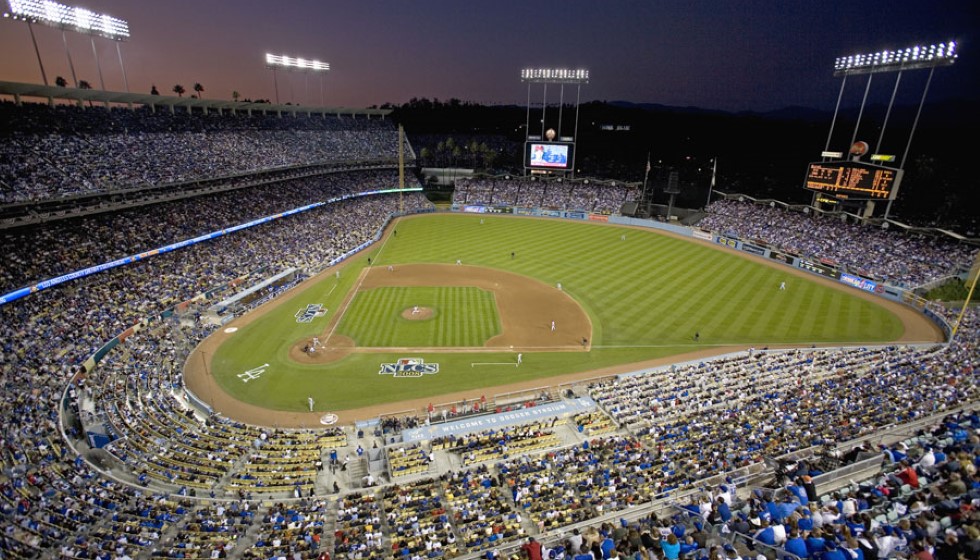
This Major League Baseball season has highlighted the growing emphasis on fair financial acknowledgment for young talents who make significant contributions on the field. Through the league's innovative pre-arbitration bonus pool system, emerging players are receiving well-deserved financial incentives aligned with their performances. At the heart of this financial reward framework is a $50 million pre-arbitration bonus pool, a figure secured through December 2026 via the collective bargaining agreement.
Structure of the Bonus Pool
The bonus pool itself is a product of a collective effort by the 30 Major League Baseball teams, with each team annually contributing $1.67 million. This ensures that young players, particularly those in their first three years of service, are recognized when they offer substantial contributions to their teams.
Observably, Major League Baseball's central fund plays a pivotal role in reimbursing clubs for the bonuses disbursed, suggesting an intent to maintain a balanced financial ecosystem within the sport while rewarding talent where it's due.
Notable Recipients
In this evolving financial landscape, several players have stood out for their exceptional performance and subsequent rewards. Bobby Witt Jr. led the list with a substantial bonus of $3,077,595, reflecting not only his prowess on the field but also the high regard in which his contributions are held.
Paul Skenes is another exemplary talent who benefitted from this system. Skenes received a total bonus of $2,152,057, bolstered by an impressive third-place finish in the National League Cy Young voting. For his remarkable performance in this accolade, he obtained $1.5 million. Furthermore, his joint WAR contributed an additional $652,057 to his bonus, underscoring the multifaceted nature of his achievements.
Meanwhile, Gunnar Henderson earned a bonus of $2,007,178, further manifesting the system’s encouragement of young players who significantly impact their teams' successes.
More Beneficiaries
The pool also distributed to others, such as William Contreras, who received $1,722,174; Cole Ragans, who took home $1,638,013; and Jarren Duran, who was awarded $1,321,661. On the other end of the scale, Brewers outfielder Sal Frelick received the smallest bonus, amounting to $232,549. Collectively, these figures illustrate MLB's intentions to foster an environment where emerging stars are both recognized and financially incentivized.
Evaluation and Fairness
This new evaluation framework, grounded in awards voting and a collectively agreed-upon version of Wins Above Replacement (WAR), showcases an effort to objectively assess and reward performance. By connecting bonuses to these markers, the league hopes to align financial incentives with observable on-field success, promoting a fair yet competitive atmosphere for its young talents.
As Major League Baseball continues to evolve, the pre-arbitration bonus pool represents a vital development in player compensation. It not only acknowledges outstanding contributions from up-and-coming talents but also offers a robust mechanism for integrating financial fairness into the sport. Whether through the lens of awards or metrics like WAR, the system is attuned to recognizing those who significantly shape the competitive dynamics within baseball. As the seasons roll on, this structure promises to maintain a spotlight on young talents, rewarding their dedication and drive with financial recognition that echoes their on-field accomplishments.